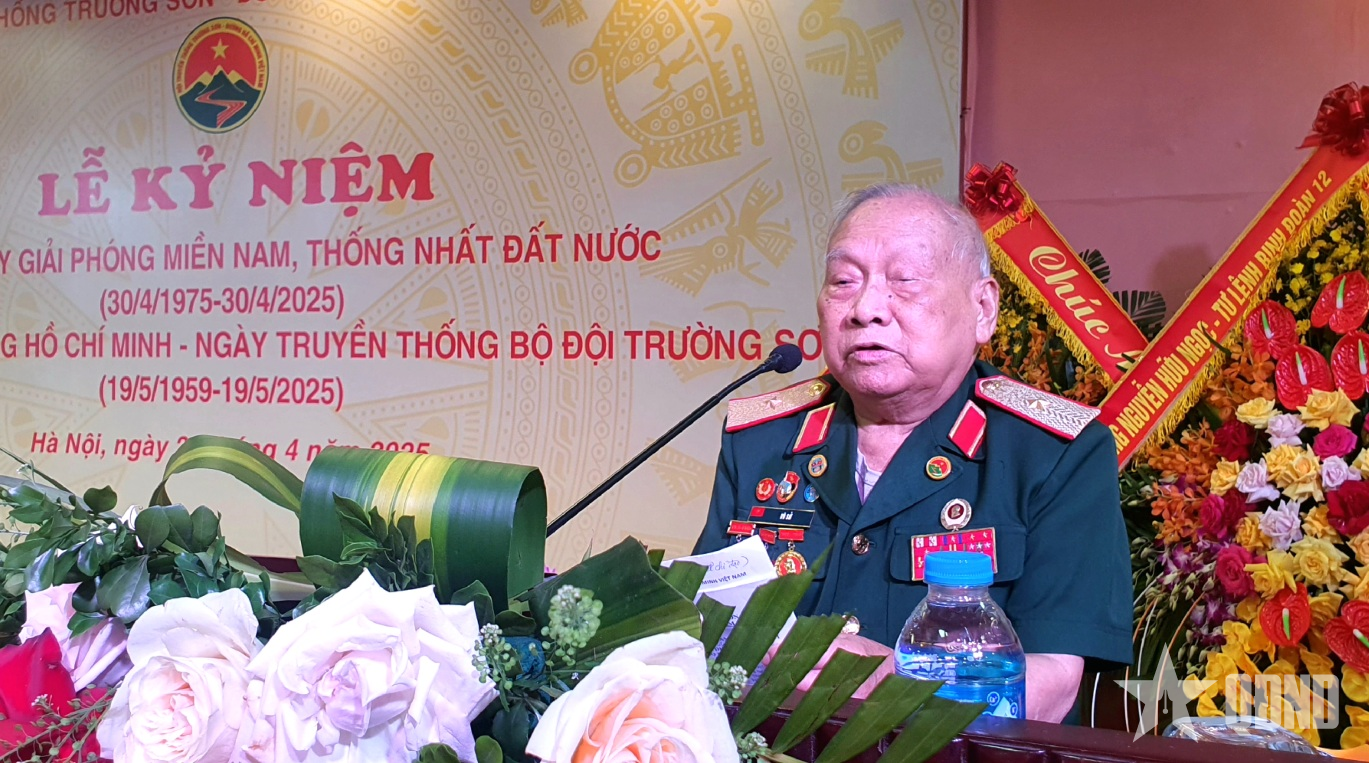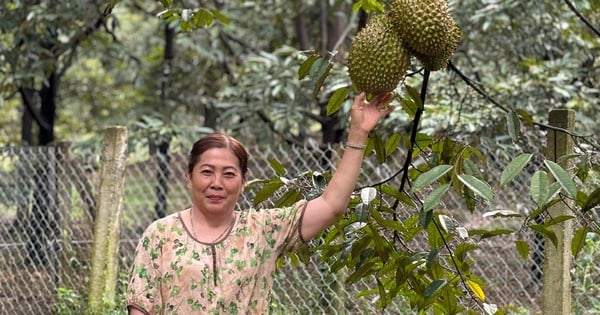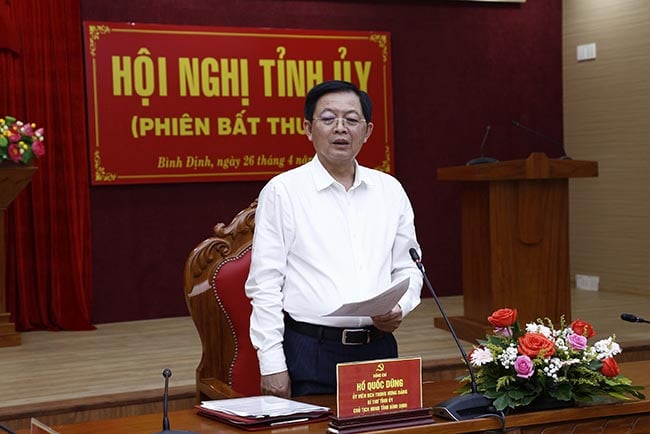Many newsrooms today are no longer using social media as a mere promotional channel, but as a primary platform for reporting. Instead of simply posting links to drive readers back to their websites, they are creating content that fits the user experience on Facebook, Instagram, TikTok, or X.
“If we don’t come to them, they won’t search for our site,” said Damilola Banjo, a producer at media organization Kara House. That means newsrooms have to prioritize how they present their stories based on the user habits on each platform.

Illustration photo: Pexel
Optimize content for digital platforms
Social media journalism requires a completely different approach than traditional print or online journalism. Long-form analysis is no longer sufficient, and short videos, infographics, and a conversational tone are in.
Chiamaka Dike, social editor at GST, a young African newsroom, stresses that newsrooms need to closely monitor viewer feedback to optimize content: "How long do they watch videos? How many people skip after the first few seconds? Which headlines are more engaging? Which colors encourage more interaction?"
Social media prioritizes speed, interactivity, and adaptability. To keep viewers engaged, journalists must change their storytelling, focusing on brevity, visuals, and personalization. A video that is engaging in the first five seconds is much more likely to go viral than an in-depth analysis that lacks substance.
A conversational tone is also important. Rather than writing like a typical news article, social media content needs to be more approachable, sometimes incorporating humor or asking questions to encourage comments. “We’re constantly exploring creative ways to present controversial topics in a format that’s both informative and engaging,” Banjo says.
Maintain accuracy
In addition to engaging audiences, social media journalism also faces a major challenge of credibility. Information spreads quickly but can also be easily distorted or misinterpreted. Adewunmi Emoruwa, CEO of Gatefield, says an open, relatable approach to audiences can help build trust.
GST, a young newsroom in Africa, not only reports but also partners with community influencers to share information in a more accessible way. They run media campaigns like “FWD with Facts,” which uses videos and infographics to help the public better understand journalism and trustworthy news.
"Gen Z today feels alienated from politics and traditional journalism. If we want to reach them, we have to change the way we make news," Emoruwa shared.
Social media journalism is no longer an option, it’s a necessity. “It’s no longer a question of whether to adopt digital platforms — it’s a question of how to optimize them,” Banjo stresses. If journalism is to remain relevant, it must change to meet the way audiences consume news today.
Hoai Phuong (according to Ijnet, Vox)
Source: https://www.congluan.vn/bao-chi-tren-mang-xa-hoi-xu-huong-tat-yeu-va-nhung-loi-khuyen-post341123.html


![[Photo] Readers' joy when receiving the supplement commemorating the 50th anniversary of the liberation of the South and national reunification of Nhan Dan Newspaper](https://vstatic.vietnam.vn/vietnam/resource/IMAGE/2025/4/26/283e56713da94988bf608393c0165723)
![[Photo] Ho Chi Minh City people's affection for the parade](https://vstatic.vietnam.vn/vietnam/resource/IMAGE/2025/4/26/7fcb6bcae98e46fba1ca063dc570e7e5)

![[Photo] Prime Minister Pham Minh Chinh chairs meeting of Steering Committee for key projects and railway projects](https://vstatic.vietnam.vn/vietnam/resource/IMAGE/2025/4/26/b9534596258a40a29ebd8edcdbd666ab)

![[Photo] Young people line up to receive the special supplement commemorating the 50th anniversary of the Liberation of the South of Nhan Dan Newspaper](https://vstatic.vietnam.vn/vietnam/resource/IMAGE/2025/4/26/9e7e624ae81643eba5f3cdc232cd07a5)





![[Video] Watch helicopters raise the flag, fighter jets perform aerobatics in the center of Ho Chi Minh City](https://vstatic.vietnam.vn/vietnam/resource/IMAGE/2025/4/25/555e3f94908e4feb81d8ea69f51b0058)














































































Comment (0)